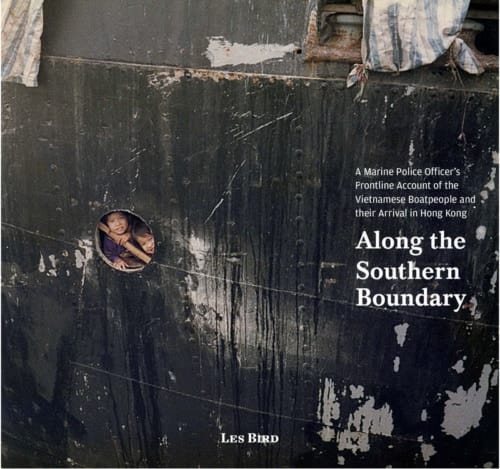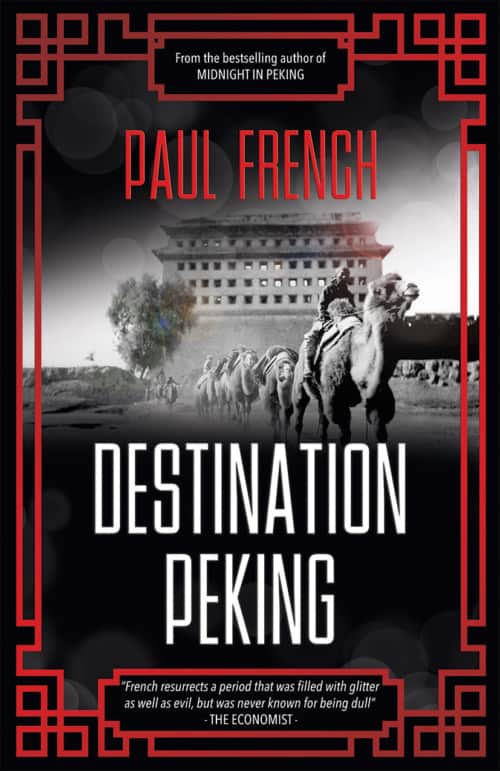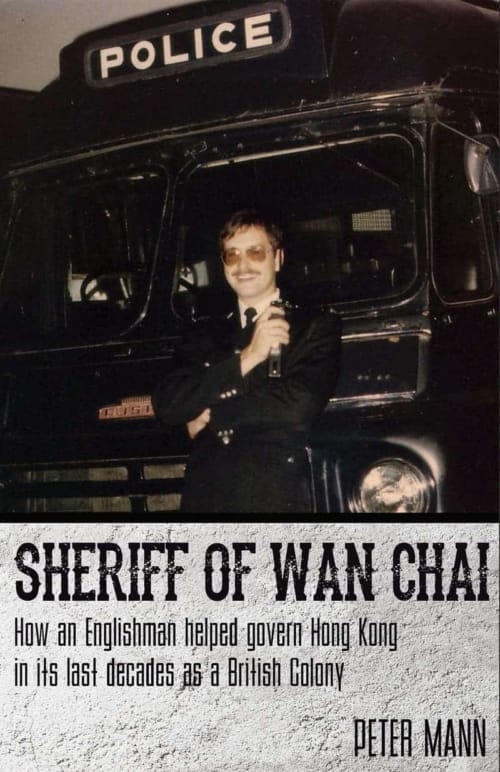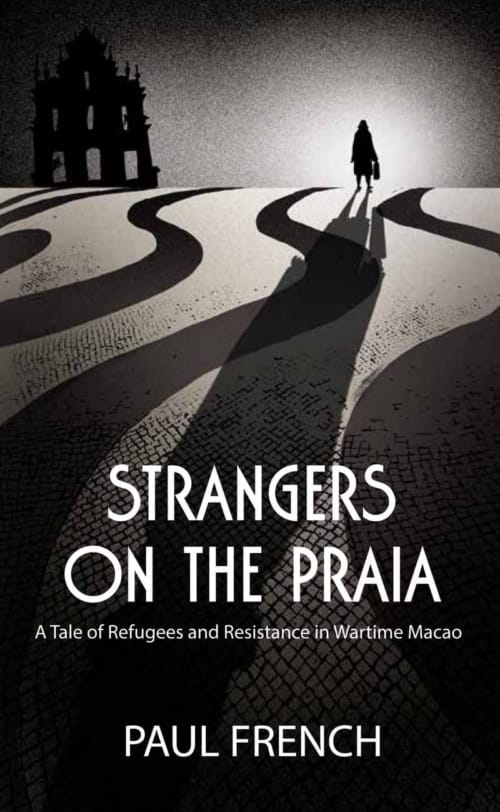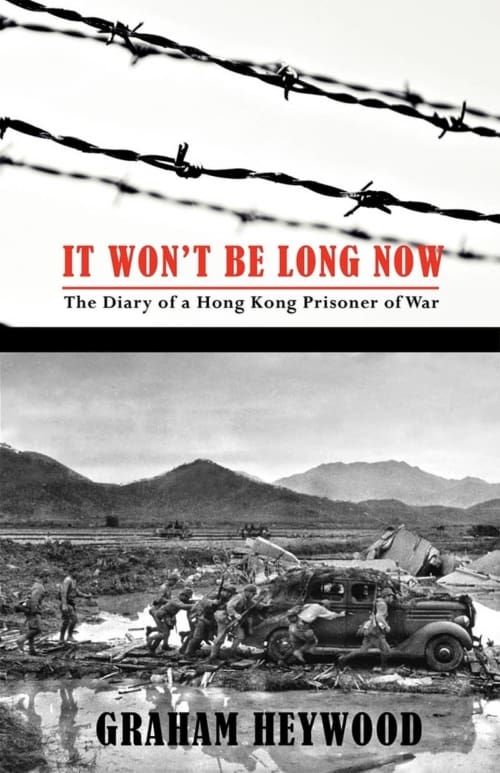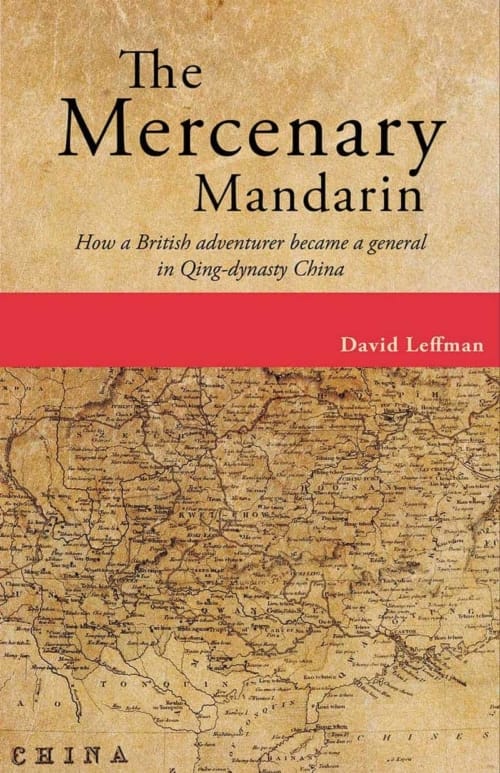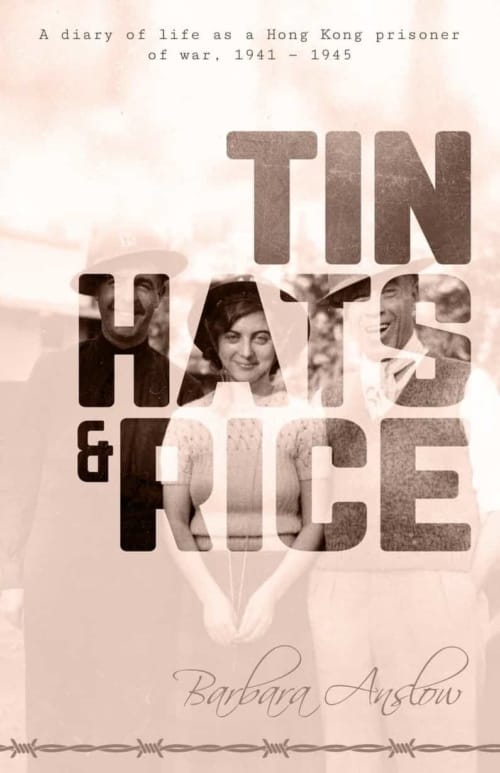With a foreword by Lord Wilson of Tillyorn, Governor of Hong Kong, 1987-1992
“We had no jurisdiction outside of Hong Kong waters. But we could see their vessels sinking in heavy seas. It was life or death, right there. We just went.”
Former Marine Police officer Les Bird tells of the harrowing sea journey to Hong Kong made by tens of thousands of refugees in the years that followed the end of the Vietnam War. As he patrolled the southern maritime boundary of Hong Kong, he photographed their makeshift boats and later the people-smuggling vessels coming in – including the Sen On, a freighter ship that was abandoned by its crew and ran aground on Lantau Island.
With this previously unpublished collection of personal photographs, taken by himself and his former police colleagues, he tells the stories of these boatpeople – the young children, the father who just bought a boat to embark on a 1,000-mile journey, and the disillusioned North Vietnamese battle-hardened veterans – all searching for a new life.
LOOK INSIDE THIS BOOK
Click the following links to read excerpts from the book.
